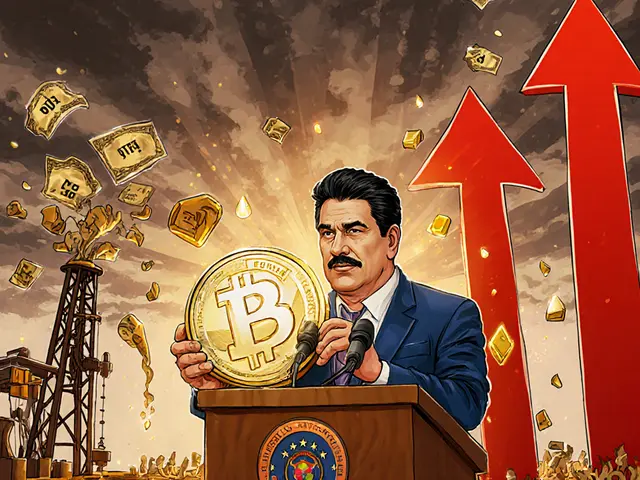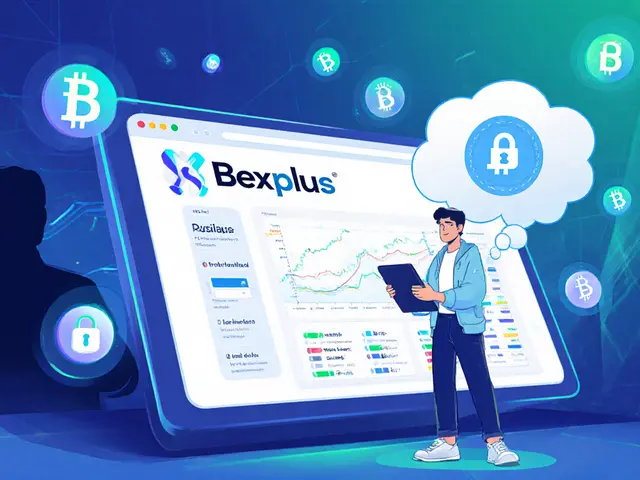Satoshi Nakamoto: The Mystery Behind Bitcoin’s Creator and Why It Still Matters
When you hear the name Satoshi Nakamoto, the pseudonymous creator of Bitcoin and the person who published the original whitepaper in 2008. Also known as the anonymous founder of blockchain, it doesn’t matter if they’re one person, a group, or even a government project—what matters is what they built. Bitcoin didn’t just introduce a new kind of money. It introduced a system where trust doesn’t need to come from banks, governments, or middlemen. It runs on code, verified by thousands of computers around the world. That idea? It’s still the foundation of every major crypto project today.
Satoshi Nakamoto didn’t just drop a whitepaper and vanish. They coded the first Bitcoin blockchain, mined the first block, and interacted with early developers on forums until 2010. Then, silence. No interviews. No public appearances. No leaks. But their work? It’s everywhere. Every time someone uses a decentralized exchange, mines a coin, or trades without a bank, they’re using the system Satoshi designed. Even the term blockchain, a public, tamper-proof digital ledger that records transactions across a network of computers. Also known as distributed ledger technology, it was first implemented in Bitcoin and now powers everything from supply chains to voting systems. And while others tried to copy Bitcoin, none have matched its security, longevity, or global adoption.
Why does this mystery still matter? Because Satoshi proved you don’t need permission to build something revolutionary. No VC funding. No corporate backing. Just a smart idea, open-source code, and the will to release it into the wild. Today, regulators in Vietnam, India, Tunisia, and the EU are trying to control crypto—but they’re still fighting a system designed to be unstoppable. The exchanges banned in India, the stablecoin bans in Vietnam, the AML rules in the EU—they’re all responses to the disruption Satoshi started. And the people building DeFi protocols, NFTs, and tokenized assets? They’re just extending the same idea: trustless, peer-to-peer value.
You won’t find Satoshi’s face on a coin or their name in a corporate office. But if you’ve ever bought Bitcoin, used a wallet, or wondered how money can exist without a bank, you’re already living in their world. The posts below dive into the real-world fallout of that invention: the exchanges that failed because they ignored decentralization, the regulations trying to catch up, the tokens built on Bitcoin’s blueprint, and the people still chasing the same dream. This isn’t history. It’s the present. And Satoshi? They’re still writing the rules—even from the shadows.






